How to Get New Sounds Using Guitar Modes – Easy Acoustic Guitar Lesson w/ Sean Daniel
[contentwall]  [/contentwall][ninja-popup ID=715]
[/contentwall][ninja-popup ID=715]
Browsing Category
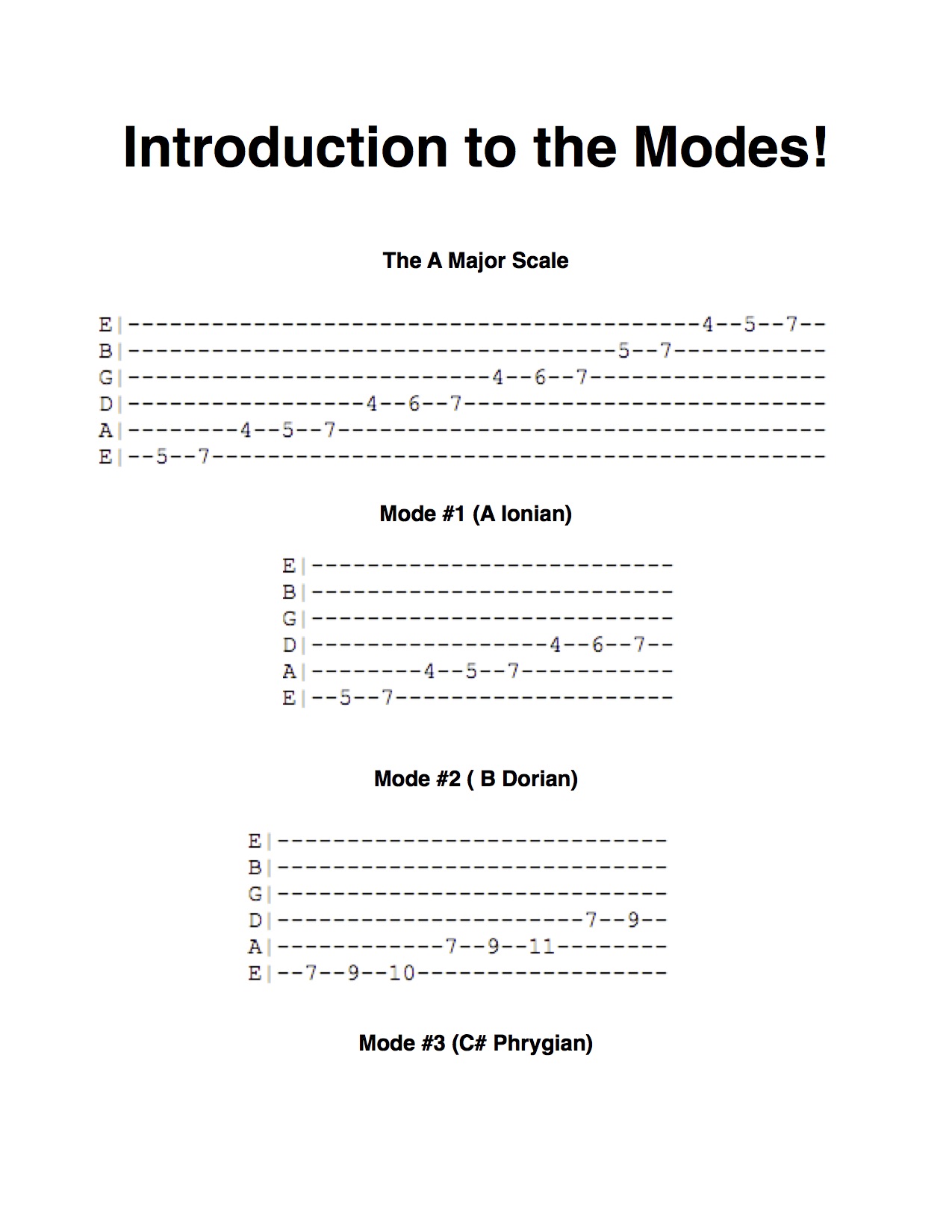
[contentwall]  [/contentwall][ninja-popup ID=715]
[/contentwall][ninja-popup ID=715]
[contentwall]  [/contentwall][ninja-popup ID=715]
[/contentwall][ninja-popup ID=715]
– Click here to get Sean Daniel’s Secrets of Hendrix: DECODED – GO!!
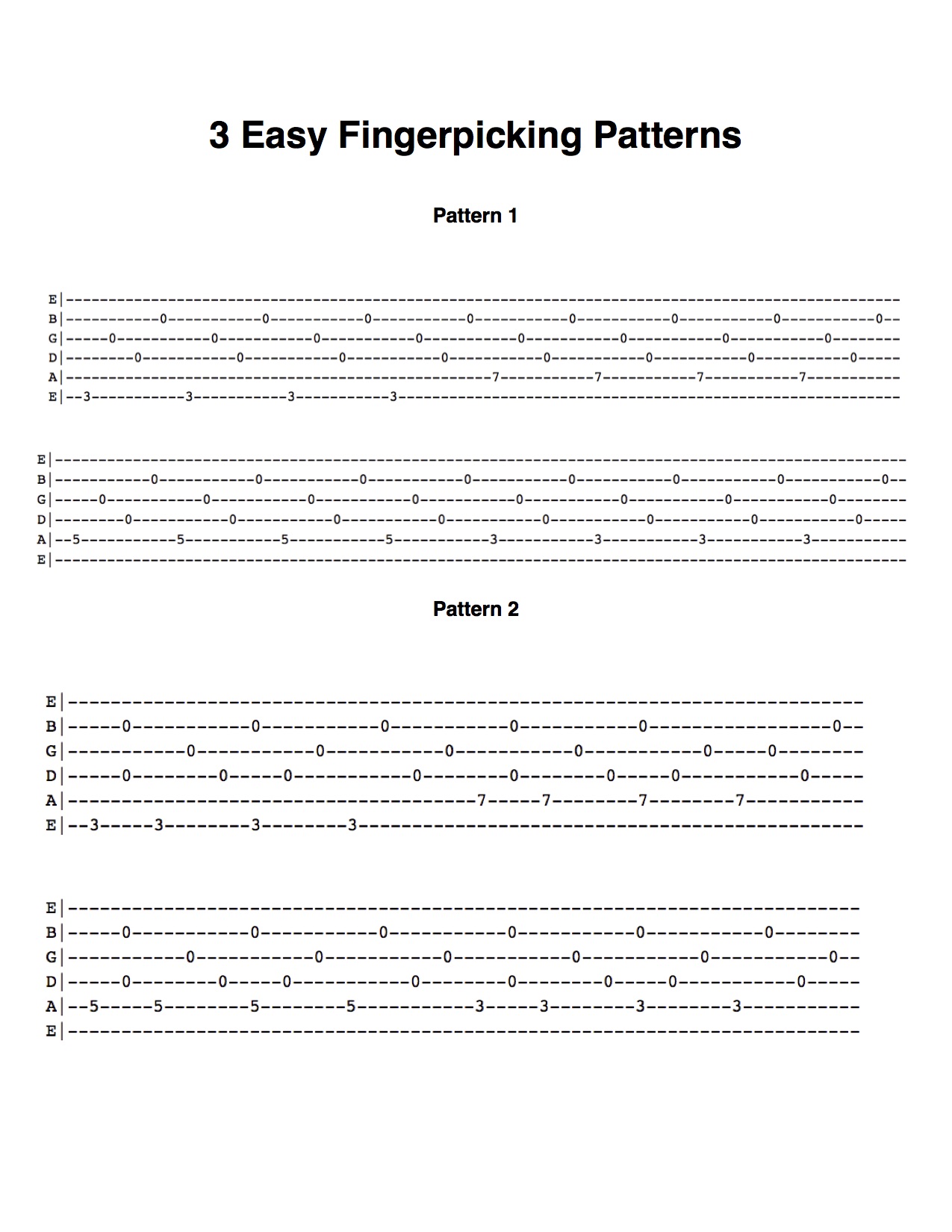
[contentwall]  [/contentwall][ninja-popup ID=715]
[/contentwall][ninja-popup ID=715]
– Click here to get Sean Daniel’s Secrets of Hendrix: DECODED – GO!!
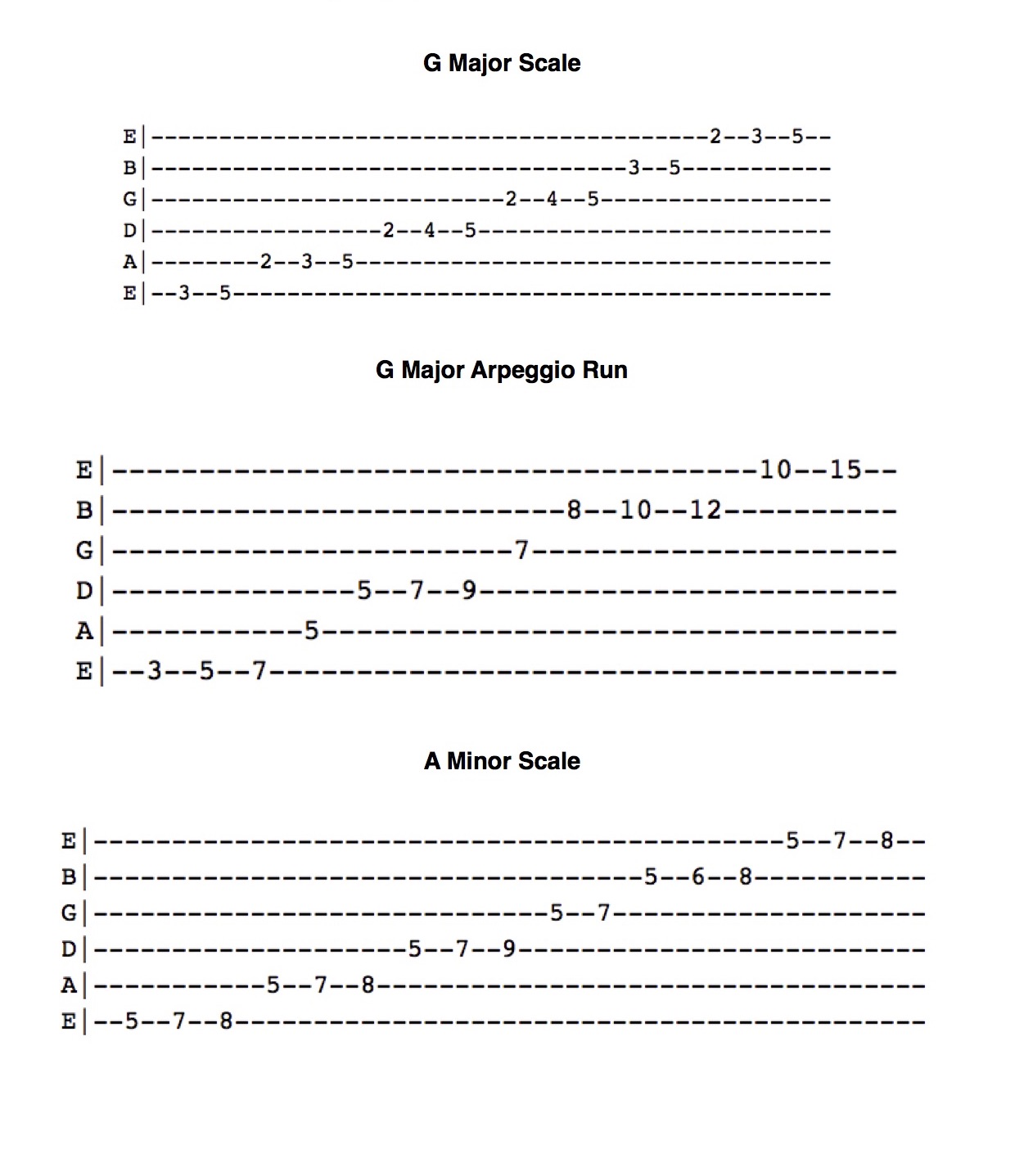
[contentwall]  [/contentwall][ninja-popup ID=715]
[/contentwall][ninja-popup ID=715]
– Click here to get Sean Daniel’s Secrets of Hendrix: DECODED – GO!!

Check out How To Play “Everything I Wanted” by Billie Eilish – Easy Acoustic Guitar Lesson w/ Sean Daniel. With step by step video instruction and free tabs, just click the link, and you will be Rockin’ & Rollin in record time.
What’s going everybody this is Sean Daniel with Guitar Control, today we’re learning a really cool new song it’s called “Everything I Wanted” by Billie Eilish. A great singer, great songwriting duo with her brother and basically its super easy sounds great on an acoustic guitar even though the guitar isn’t prevalent in the track it’s something that you can really easily do.

Only three chords and it’s going to sound like this, just a simple strumming pattern we can also eventually get the melody like that if you want option I’ll talk about it both ways. So first things first let’s start out with the chord make sure to click the link below to grab the chart that goes along with it so you can see how it sits with the lyrics starts of the D major 7 one of my favorite chords of all time it’s super easy it’s like a mini bar chord Stephanie’s and playing a D major in my opinion you just hold down the 2nd fret of the highest three string.
Now eventually we’re going to go to an E major ok so however you it helps you get from like this to here is up to you I think a lot of people might find that using your middle finger on the 2nd fret of the G- string your ring finger on the 2nd fret of the B-string and your pinky on the second for the high E-string and then jumping to an E major chord like this where your middle finger is to a ring finger is to D and that could work all right now you’ll notice that when I do this in between I’m just hitting the open string set right it is kind of like a piano part that you can hear in guitar form I suppose but if you want to like actually leave the string set to help you buy time to get to that next floor it sounds pretty fun right now another thing that you could do to kind of get a little bit more of the piano melody in there is really focused on these two notes before you get to the E major chord verses to B to G and then get that easier right so absolutely however you want to do it I think it sounds great even if you just drop it like
I notice the way that I’m strumming about it let’s talk about how we’re going to count this okay and then eventually we’ll get to the next chord but if we just have this D major 7 to E that’s going to be a 1, 2, 3, 1, 2, 3, 4, 5, so it’s still in 4/4 time you still give me an 8 count if you want to count it that way but when we’re pairing chords together like this D and E are the 1st chord will get three counts and the 2nd chord gets five counts so even though we’re switching it doesn’t really make it a weird time signature it’s just we’re switching 3 & 5, 1, 2, 3, 1, 2, 3, 4, 5, 1, 2, 3, 3, 4, 5, they do that a lot in their songs.
So let’s actually go into the next chord the final chord that we need and I will talk a little bit more about how you can kind of fancy the strumming up C sharp minor it’s really super easy don’t be turned off by it is just like an A minor but keep going higher higher and higher, so you can use an A minor shape line your pointer finger up with the 5th fret but it’s going to sound better as a full barre chord. Now a lot of people are scared off by the word barre chord but you don’t have to actually barre for instance traditionally you’d buy the 4th fret highest five strings get your ring finger on 60 pinky six G middle finger five B, I can hear each one of those notes there’s I’m putting the proper amount of pressure pinching with my thumb to get the power through the fret board but if you just get the middle floor don’t worry about the high E-string it looks so sound great in fact if you don’t hit the high E-string you can still kind of get away with using that a minor shape a little bit but we’re not going to cheat here that’s a good tip if you have to do in a pinch but I want you try to really give this form down whether it’s barred or not, so let’s count the whole thing B major 7 to E, C sharp minor to D. Now we’re going to pair those two pairs together right and a three count of five count 1, 2, 3, 1, 2, 3, 4, 5, 1, 2, 3, 1, 2, 3, 4, 5, start again 2, 3, 1, 2, 3, 4, 5, C sharp D. Now the next time you maybe go run 1, 2, 3, 4, 5, I strum it and then get the 2nd fret of the G-string which is an A note if I think that kind of sounds a little bit more like the piano part sharp so even having a lot of space like that number one it’s a great way to practice counting because counting is super important and not enough people really take time to get that into their practice so the counting is really important but also to when it’s a song like this where the chords that never change it’s just the same chord loop over and over again but because the production is so good when you’re trying to recreate it with just one instrument like a guitar it could be boring just to kind of if you just did this the entire time all right it’s such a good chord progression with that major 7/4 but you can get away with it but you know after four minutes it might be a little stale so maybe you start off real one, two, three, four, five, so just drop it like that we’re going to take that same count and then just add a little bit more action on the numbers. So I’d say the numbers I’m talking about the count 1, 2, 3, 1, 2, 3, 4, 5, how I would count this strum that’s 1, 2, and 3 and not down, down, up, down, up, down, down, up, down, up, is for noobs and posers 1, 2 & 3 and all the numbers are down stroke the word and to the hub stroke 1, 2 & 3 & 1, 2 & 3 & 1, 2, I think it’s easier to count 3 & 2 then to count 5 it’s up to you one, two and three and four, five, to me I just count I would never count over a five is just like 1, 2, 3, 1, 2, 3, 1, 2, I think is this easy way for me to do it a lot of people do with that 1 and 2 and 1 and 2 & 3, 1 ,2, 1, 2 & 3, 1, 2 & 3, 4, 5, however you want it do it medium count 4, 1, 2, 3, 4, 1, 2, 3, 2, 3, 4, I want that gun that kind of defeats the purpose to me I’d rather break it up to have the accent up to three and five 1, 2, 3, 1, 2 and 3and 4, 5, 1, 2, and 3 & 1, 2 and 3 and 4, 5, 1, 2 and 3 and 1.
Now the next thing Eleanor talked about is leaving a chord earlier to get to the next one like we talked about how you can actually open the swing set to get to the next chord you do that same thing in time I would rather practice slower and then have kind of mistakes at forming the next chord on time than practicing it where it sounds perfect but you have to stop like that’s fine as long as you’re practicing you’re going to get better. There is a great example of how you’re not actually practicing your timing you’re just practicing chord voicing so no matter how slow you have to do it 1, 2 & 3 & 1, see on the hand of 3, 1, 2 & 3 & I’m off then I’m back down 1, 2 & 3 & 1, 2 & 3 & 4, 5, 1, 2 & 3 & 1 2 & 3 and then once you force yourself to be on time whether it’s practicing like a backing track or god forbid a metronome you’ll find out that my best advice for you for the C sharp minor’ if that’s kind of a problem area is to think is really think of it as an a minor and then even if you have other songs your passion they have it a minor chord in them practice without using your pointer finger just because eventually you’ll be wanting to play barre chords and it really opens up an incredible amount of other songs you’ll be able to do once you get this form down again don’t worry about barring it just worry about getting your pointer finger ring finger pinky and middle fingers down there and getting into this shape quick enough right it’s going to be super valuable for anyone so anyways great song like I said make sure to click the link below to grab the chord chart for it let us know what you think in the comment section and any other songs you want me to teach and I will definitely get back to you we always value your feedback and don’t forget to subscribe on our You Tube Channel and we’ll see you in our next video lessons, thanks for watching.
[ninja-popup ID=715]
– Click here to get Sean Daniel’s Secrets of Hendrix: DECODED – GO!!

Hey, how’s it going this is Shawn Daniel with Guitar Control, today we’re learning an all-time Classic, one of the most iconic songs in the history of rock music and we’re going to do an easy acoustic representation of it, that you can play on solo while keeping some of the spirit of the original recording. The song is called “I can’t get no satisfaction” by the Rolling Stones.
[contentwall] [/contentwall]
[/contentwall]
[ninja-popup ID=715]
Click on the Tabs buton to follow the chords and tabs.
It’s all in the A-string where it’s 2, 2, 2, 4, 5, 5, 5, and 4, essentially you can play a couple different ways, but that’s most of it. Now we turn that into a chord progression. This is kind of a version that you can do, it’s only 3 chords super easy via E, A, B7, and back to E, then we’re going to jump back. First start with an E major chord; we’re essentially in the key of E. So it’s open E, little finger to a ring finger to D pointer finger 1G.
Now we’re going back and forth between E and A, for most of the song you want to go from this to this and back. So I’m playing this A major chord which is the next chord progression like this open A, 2D, 2G, 2B, open E, with my middle ring and pinky because it’s really easy to get back and forth between that E.
Let’s do a very simple strumming pattern without adding any kind of dynamics just to down, down, down, up, down, up, 1, 2, 3, and 4, and we just do that on E down, down, down, down, up, down, down, down, up, down, all right and whatever pace you want to do you use lower and move it to A and because we’re doing this version of an A and not this version of an A all you have to do is roll your middle finger and your ring finger back and forth, honestly even if you do it like E minor.
Essentially we just have a couple times around each of these 2, 3, 4, and the 2nd bar to A and the 2nd bar to A, and then back to E, back to A. For the next part we’re going to add new chord we have one time on E, one time on b7, back to E, back to A, so that last part, very bluesy were going from one bar down, down, down, up, down, up, 1, 2 3,and 4, and 5 to a b7.
This chord right here you’ll see it as a B on chord charts but in bluesy type songs and all the stone songs are pretty bluesy are b7, it’s going to be much easier way to use, that she kind of sounds more correct to. So b7 middle finger to A-string pointer finger, one on the B-string ring finger, to out the G-string (optionally) get your pinky on the high E-string if you want, not necessary but again it’s up to you.
So we’re going from E to b7, look how easy that transition is? All you have to do is, if you’re on an E major position your pointer finger you can stay it there and we just swap your ring finger and your pointer finger back and forth and then you can add your pinky go for it. Just really work this out, just like you want that to be as easy going back and forth.
So we got that E to b7, back to E, then down to A, then to the riff, but here’s the problem if you’re doing just an acoustic version it will sounds kind of puny almost like too thin, so what we want to do is we add that riff into chord form. This is where I first learned about all these Classic bands like the Stones and Zeppelin and stuff like everyone would refer them as “Blues Bands” and to me before I really knew this much, about music. I always thought about “Blues Being”, I think I had this misconception that it was just kind of boring music back in the day but then and it didn’t sound anything like the Stones, that’s not really a blues band but once we see the riff inside of an E major chord it makes a lot more sense. So we’re going to do add the low E string to the riff and then once you do that it takes that riff which sounds like a rock riff and then it’s such like okay well that’s where the Blues of it is now right there something super bluesy that doesn’t really sound like the stones. Now instead of just playing the riff like I said 2 2 2 4 5 5 4 we’re heading a low E-string 2 to get open E and 2A the same time.
You can even use different fingers, I promote that you be able to stretch like that because this is a good practice but sometimes it’ll sound better if you go on your finger, and then pointer, pointer middle, that’s something you could. Another thing you can do is to dress the song up a little bit more or even makes that thicker (optional). What I mean by that, let’s take that E chord and I’m just taking the open E, A-string and E-string, going to open to 2, so whenever I have the two in IRF I play it like I never have before 2, 2, 2, 4, 5, then I move this, it sounds fuller. So when you have the riff, a cool acoustic arrangement like one of the stuff we do is like to 2, 2, 4, and 5. Everybody knows, that’s a good way to introduce the song and then you get into the song and goes through the chords. And back to the verse, for me that’s a more cohesive super easy acoustic guitar version of the song.
It’s all about whatever you want to add the kind of melody to it, another way that might be tempted to do is a power chords. You have a single note and you want to beef it up, I think the initial thought is to turn it into a power chord. You have this B note, I want to add its 5th, so its 2A and 4D to make a power chord to beef it up that way go for it. I personally think that when you do that it makes it sound more like a B minor chord when really as we’ve shown we have the key in there it’s really a bluesy extension of an E chord.
Adding the power cord makes seem like a B minor which again I don’t really think is the core of the song. One thing you can do is add octaves, sometimes that sounds pretty good that is pointer finger on melody the whole way 2, 4, 5, and then your pinky, your ring finger is going to grab the two strings down two frets down and then get that open E in there. again a lot of voice you can do this but the point is Classic song just because it is more of like a rock song it has the whole band kind of Ivan there’s no reason that you can’t turn it into a pretty cool acoustically arranged song.
I hope you enjoyed it again make sure you click that link below to get the chords and if you have any questions hit us up in the comment section and make sure to subscribe on our You Tube Channel and we’ll see you in our next video lessons, thanks for watching.
– Click here to get Sean Daniel’s Secrets of Hendrix: DECODED – GO!!
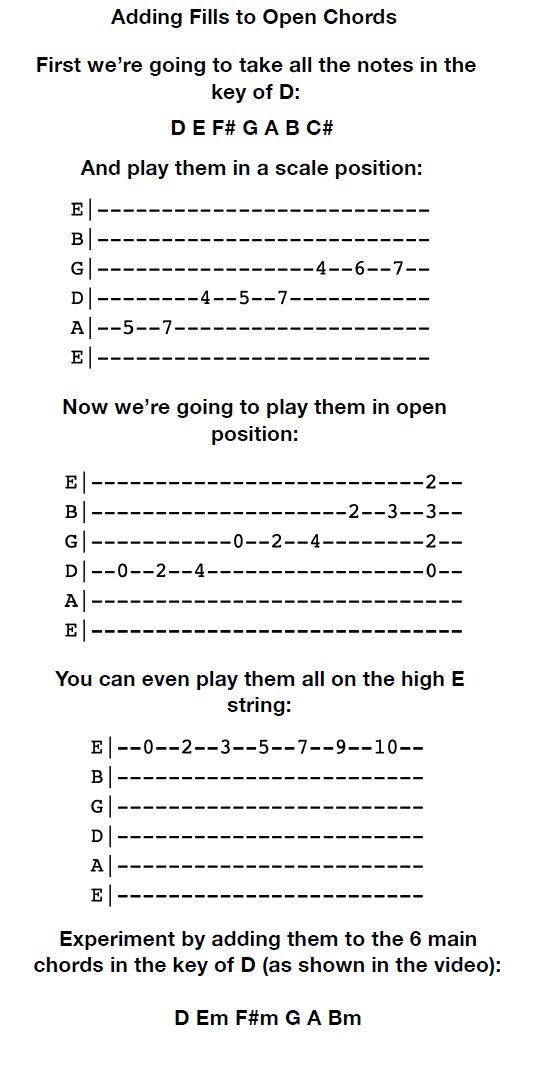
[contentwall]  [/contentwall][ninja-popup ID=715]
[/contentwall][ninja-popup ID=715]
– Click here to get Sean Daniel’s Secrets of Hendrix: DECODED – GO!!
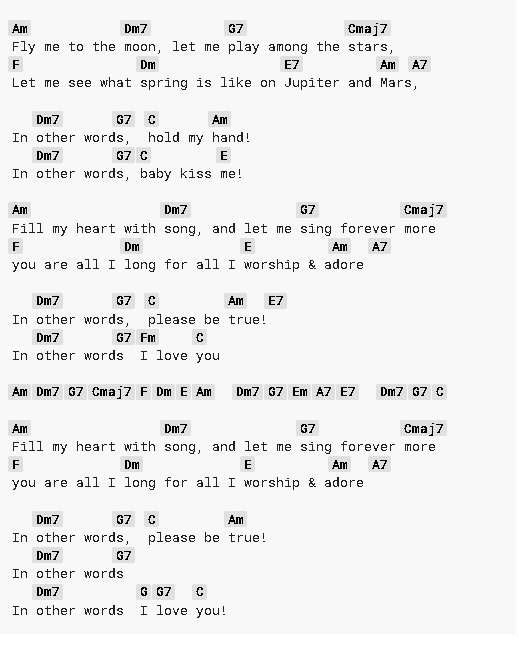
Check out this Frank Sinatra’s “Fly Me to the Moon” Made Easy w/ Sean Daniel – Easy Acoustic Guitar Lesson.
– Click here to get Sean Daniel’s Secrets of Hendrix: DECODED – GO!!

Hey, how’s it going this is Sean Daniel with Guitar Control today we’re giving you an extra dose of happiness which everybody needs, learning a super simple song called “Don’t Worry be Happy” by Bobby McFerrin. An absolute crowd-pleaser it’s going to take you less than 10 minutes to learn this song.
[contentwall] [/contentwall]
[/contentwall]
Click on the Tabs button to follow the chords and tabs.
We’re going to play with a capo on the 4th fret, feel free to play it whatever key you want. But we’re just going to use three chords and the truth for 4 slots and G, A minor, C, and G, so the song is really easy to learn we’re going to talk a little bit about strumming it, to kind of give it that happy peppy step.
This works better if you sway back and forth, what I mean so you should know these chords right off the back three most popular chords in guitar history are you the G major chord metal finger on the 3rd fret relative to the capo low E-string, pointer finger 2nd fret on the A-string and then my ring finger and my pinky on the 3rd fret together. You need all three over or both of them or you could have just the high E- string but you know this is about being happy we’re getting all your fingers involve leaving no digit behind.
So let’s talk about how we’re going to strum this, first I think this is the happiest way you could possibly strum a chord especially when you’re really feeling it. What I mean in the root note 1st we’re going right from the lowest point of the chord, so we have the lower, high dynamic of life and happiness you can’t have the highs about the loads that’s the strumming pattern the root note and I’m aiming for just the top of the court when I say the top it’s the G, B and E-strings if I hit more of them great by hit Lots don’t worry about it I’m just separating the entire guitar chord into just the E-string the highest three strings so one, two, three, and four, end.
Now the three end of this four count this bar of G is going to be the lower three strings down and up just on the lower three strings and not all six right if you’re living like this that’s not happy that’s the sound of his sanity and you probably need to get your medication changed right so we have low high and lowest three strings down up and then on the for counter eating another down stroke of just the high strings again so low, high, low, low, high, and then if you want to get an upstroke at the end to that be a 1, 2, 3, and 4 count otherwise known in commoners terms as down, down, down, up, down, up, down, again so that’s going to be the vibe that we’re going to be use. We’re just going to do that with two other chords.
Next one is going to be A minor same strumming pattern but now the root note in an A minor chord where we have open a middle finger to D ring finger to G pulling your finger 1B and open on the high string the runo’s going to be the A-string, so we’re going to aim for the A-string we go if you hit the low E-string an accident it’s not a big deal okay don’t worry about it once again do I have to even say it for aiming that rude no because eventually you want to be able to just hit exactly which ever no string you’re looking for without having to look at it right so hey the hi ever the board same thing is before down up on the lower part of the chord down upon the higher part and C chord again a lot of people place you like this ring finger 3rd fret of the A-string middle finger 2nd fret of the D-string pointer for your 1st fret then our root note is on the A-string.
I like playing it like this where I have my ring finger one string lower my pinky right behind it rude note is still in the same spot but again we’re getting all the fingers involved if we’re just having a party throwing a happiness party back to Z so there’s only three chords but there’s four spots, four chords okay every chord gets its own barre G, A minor, C and G.
Now when you’re counting it you might only want to play that G once but again remember 8 counts on that G if you cycle it so again G, A minor C, G, back in G and again. Sometimes it’s helpful to have some kind of mechanism in place to start it again what I mean by that is like I’ll do an example so we have G, A minor to C major, D major. You may have noticed at the end of that last bar of G I just said all down strokes this C right 2, 3, 4, 0, 2, 3, 4, back to G and because I made that dynamic of his G, 2, 3, 4, the next time around when I hit the root note on the G it seems it doesn’t seem like I’m doing the same thing instead of just like one more gone not lost alright that’s not the sound of happiness that’s the sound of the slow inevitable march to death you don’t want to have that you want to have a little bit of action we’re only here for a short time people that’s why I did a great decision by choosing the guitar control video with Sean Daniel to watch for non-palm muting about palm-muting just like in life is your muffling your happiness because you don’t want to be all over board telling people how happy you are there’s nothing more annoying than that way I’m doing that taking the side of my hand judo chop the bridge and that’s nothing to get good at is just angering you see like if you look at my wrist right when I’m doing this I’m locked in to the bridge here I’m not okay a lot more control you can do anything you want by having your you know your wrist lock in you do anything all you need to do is get this action down right here okay so yeah and you can do it muted for maybe like the verse everything is so applying low high down up down up low high down I’m down am a minor and see how much more reserve that is it’s like business casual happiness back to G and then one of your get home take off your shoes make it nice bath open it up okay so the last thing I want to talk about is how we numbered this chord progression again this is on a capo this is in the key of you know wherever we’re ending here which is a G this isn’t actually a G no this is the third far relative to the capo but this note right here is actually a B so we’re doing this in the key of B if we were to move the capo one front lower you’re doing even b-flat another one a so on so forth right until we’d eventually get to doing it in the key of G like this that’s why Capo’s are great because they can to help us transpose songs depending on where you want to sing you don’t advocate both don’t worry we can transpose this because all of this is really common chord progression it’s what’s called a 1 a 1 for the 2 to the 2 chord 4 chord 1 1 2 4 1 okay I got this was from the notes in the key of G right since this is G a minor C we can label this and communicate with other musicians because communication is a great way to keep the happiness falling right in the key of G we have seven notes one two three four five six seven eight the first note is a G that’s why it’s the one chord any one of these notes can become a chord one chord to the two chord a necklace we my of two chord is almost always minor any key one two three four C is the fourth note G ABC the four chord of C major back to G so that’s a one two four one the sound of a pure happiness all right now you don’t have a capo you could do it with different chords all right let’s guy what’s a one two four one let’s say maybe that’s uh I want to do a little bit higher let’s do in the key of a I have to do is find out what a is right you know a there’s one two and a was too note after a B minor what’s four and A one two three four D back so that’s how you can easily transpose even if you don’t have a capable to find whatever one is easiest for you to sing it okay so again make sure you click that link below because we have the chords of it all the lyrics and you know what make up your own lyrics because no one will know the difference as long as it’s not too dark so thanks for sticking with us thanks checking out the guitar control channel.
Make sure you subscribe on our You Tube Channel and we’ll see you in our next video lessons, thanks for watching.
[ninja-popup ID=715]
– Click here to get Sean Daniel’s Secrets of Hendrix: DECODED – GO!!
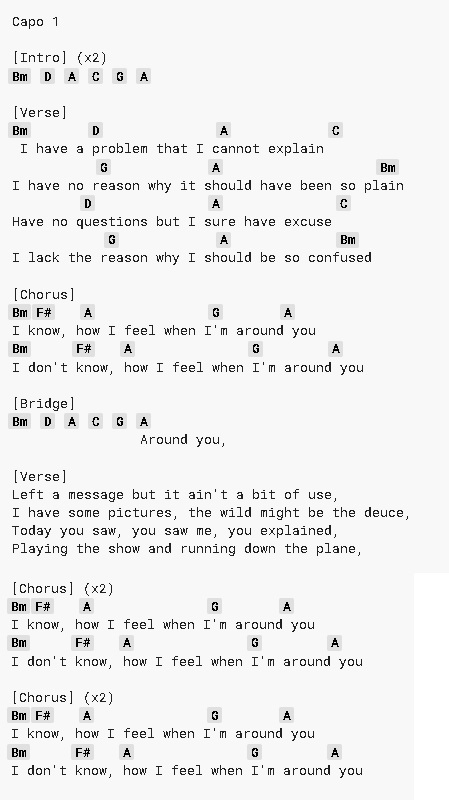 Check out How To Play “Roulette” By System Of A Down – Easy Acoustic Guitar Lesson w/ Sean Daniel from Guitar Control. Step by step video instruction and the included song chart (just click the link) makes this an easy tune to get under your belt in record time.
Check out How To Play “Roulette” By System Of A Down – Easy Acoustic Guitar Lesson w/ Sean Daniel from Guitar Control. Step by step video instruction and the included song chart (just click the link) makes this an easy tune to get under your belt in record time.